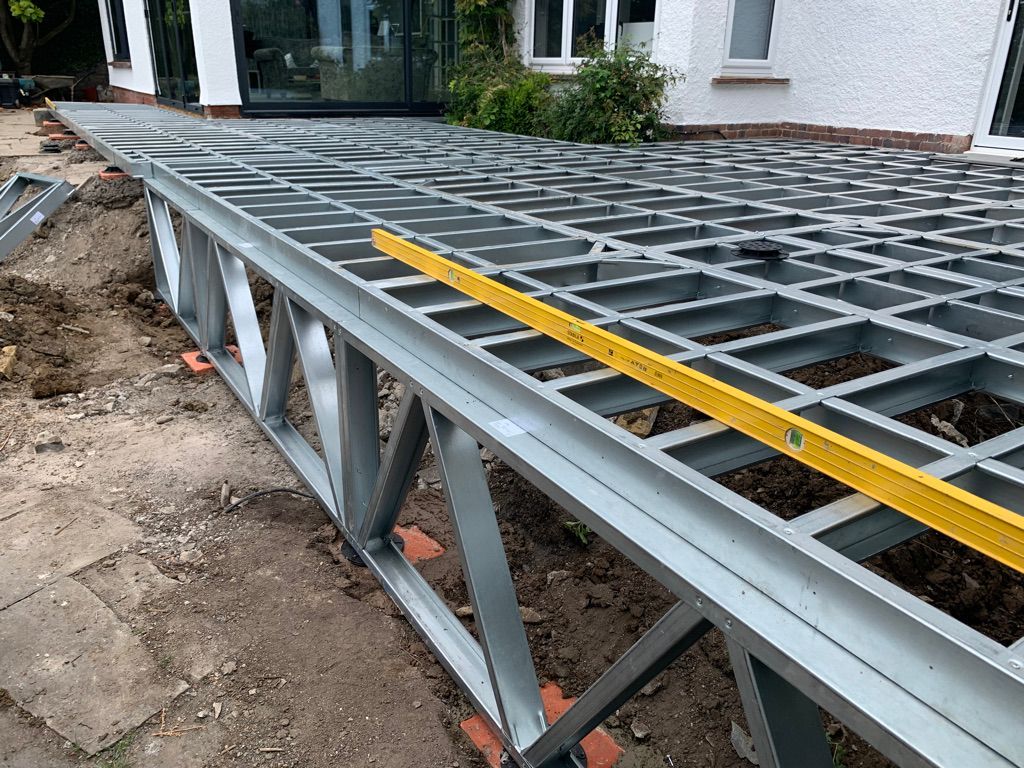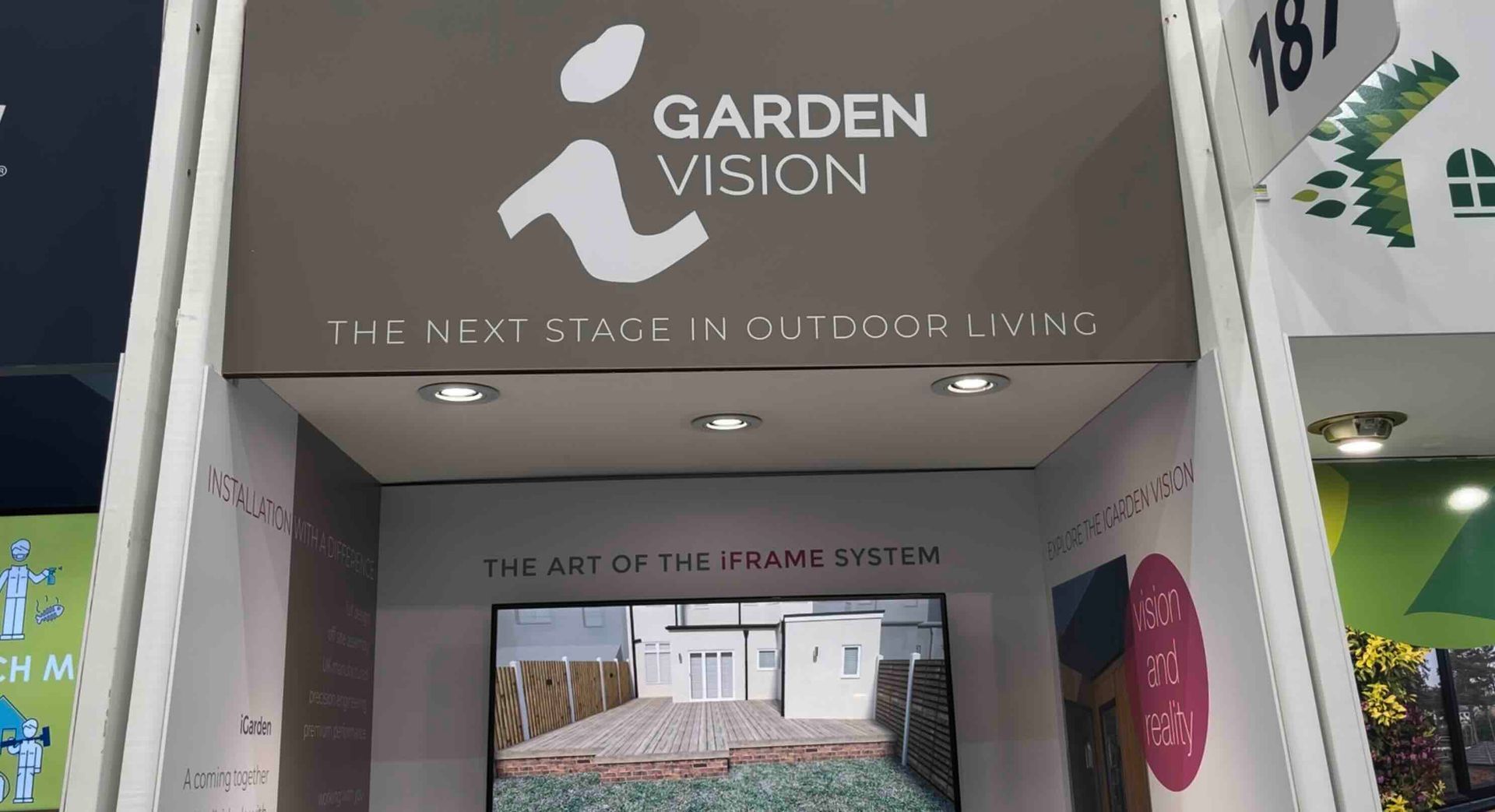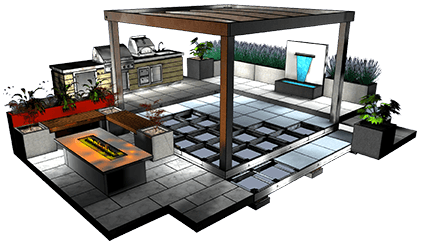Whats the difference?

Contemporary Garden Trends: Porcelain vs Traditional Paving - A Comprehensive Guide
In recent years, the rise of premium porcelain tiles has revolutionised how we approach garden paving. As British homeowners increasingly seek durable, low-maintenance solutions for their outdoor spaces, let's explore how porcelain compares to traditional paving options.
The Evolution of Garden Paving
Traditional paving materials like natural stone and concrete have served British gardens well for generations. However, modern manufacturing techniques have brought us porcelain tiles that offer exceptional benefits whilst maintaining stunning aesthetics. Let's delve into why this matters for your garden.
Performance Comparison
Durability and Weather Resistance
Traditional Paving:
- Variable weather resistance
- Prone to moss and algae growth
- Can suffer from frost damage
- May fade over time
- Requires regular sealing
Porcelain Tiles:
- Exceptional frost resistance
- Virtually non-porous surface
- Resistant to moss and algae
- Colour-fast and UV stable
- No sealing required
Maintenance Requirements
Traditional Paving
- Regular pressure washing needed
- Periodic resealing essential
- Weed growth between joints
- Stain absorption common
- Annual deep cleaning recommended
Premium Porcelain
- Simple wash-down cleaning
- No sealing required
- Minimal joint maintenance
- Stain resistant surface
- Reduced cleaning frequency
Installation Innovation
When paired with our innovative iFrame system, porcelain tiles offer additional advantages:
- Precision levelling
- Faster installation
- No wet trades required
- Immediate use after installation
- Easy access for future modifications
Style and Design Options
Aesthetic Versatility
Traditional Materials:
- Limited by natural variation
- Weather affects appearance
- Restricted size options
- Natural weathering occurs
Porcelain Options:
- Vast range of designs
- Consistent appearance
- Multiple size formats
- Maintains appearance over time
Cost Analysis: The Long-Term View
Initial Investment:
- Traditional paving often appears cheaper
- Porcelain represents premium quality
- Installation systems affect total cost
Lifetime Value:
- Reduced maintenance costs
- Lower replacement frequency
- Enhanced property value
- Extended lifespan
- Better return on investment
Environmental Considerations
Sustainability Factors
Traditional Paving:
- Heavy transport requirements
- Variable sourcing standards
- Limited recycling options
- High maintenance resource use
Porcelain Tiles:
- Modern manufacturing processes
- Controlled production standards
- Recyclable materials
- Reduced maintenance impact
Making the Right Choice for Your Garden
Consider these key factors:
1. Usage requirements
2. Local weather conditions
3. Maintenance preferences
4. Design aspirations
5. Long-term value
Expert Insights
At iGarden Vision, we've installed both traditional and porcelain paving across hundreds of British gardens. Our experience shows that while both materials have their place, porcelain consistently offers superior long-term benefits for modern outdoor living spaces.
See the Difference in Person
Visit our permanent display at the NSBRC in Swindon to:
- Compare materials side-by-side
- Feel the quality difference
- Explore design options
- Discuss your specific needs
- Get expert advice
Ready to Transform Your Garden?
Book a free consultation to discuss your paving options. Our experts will:
- Assess your specific needs
- Provide material samples
- Create a detailed proposal
- Explain installation options
- Offer maintenance guidance
Contact us today:









